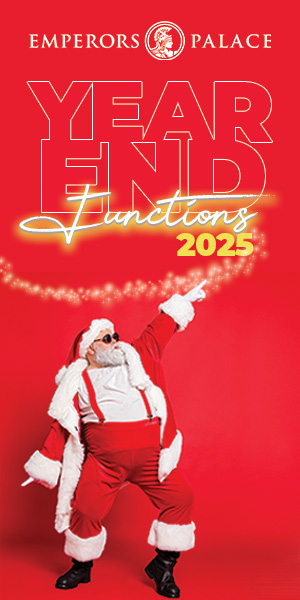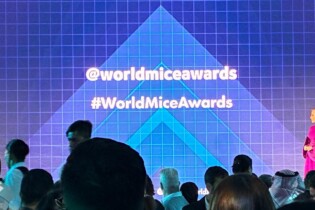The MICE Academy trends for 2016 pointed out that event delegates are starting to become more discerning in committing to attending an event especially with questionable fees structures, coupled with a programme which does not clearly spell out or produce the benefits expected.
Unless it is a corporate event where the senior executives make it clear that all will attend as employees of the organisation – association members have a choice – and choose they will, based on whether the programme content “virtually” promises a range of take-away value that cannot be gained anywhere else.
The trade associations which consist of supplier and service members – to their buyer markets – are showing the main signs of serious event fatigue. Members join primarily to participate in gatherings that will provide greater information for their respective companies to grow and prosper, irrespective of size or discipline.
A trade association which has been in existence for over two decades should have gained a track record ensuring a minimum 20% of their member participation as paid delegates. If this is not the case – it is likely the trade associations are not meeting the requirements of their members.
So why the low attendances at trade association conferences with more last minute bookings due to hard-push selling? Very simply – the trade associations are not focused on take-away benefits for their members and many are purely to prop-up the finances of running the association’s operation.
When planning a trade association conference – it is wise to heed the key points during the early planning stages and answer these essential questions:
- Member Profiling Research
What is the average size of member’s companies? If the majority are small to medium businesses of less than 10 employees – can the member spend the time away from the office?
Unless the trade association members are predominantly in the travel & tour trade – participants are loathe to be taken on tours of the area and other sight-seeing excursions as part of a conference package.
- Greatest Concentration of Members
Are the majority of members concentrated in one specific area? If affirmative – it may be wise to investigate conference concentration in one area rather than different locations each year with satellite video link-ups to other major centres. It becomes an expensive undertaking to attend a trade association conference taking in to account the extra costs of travel and accommodation.
- Programme Content
The subject matter and benefits should very clearly indicate the take-away value for the majority of the member types.
Parallel sessions should be avoided as the average member is unlikely to register for more than one delegate purely to attend other sessions out of interest. Secondly parallel session presenters can become alienated due to low participation in their particular parallel session in comparison to a more popular session at a given time.
- Conference Promotion
Timing and wording are extremely significant in gaining the registration support of members. Ambiguous wording which confuses or is unclear to the reader should equally be avoided. It is unlikely members will contact the trade association’s offices for clarity – it is more likely registration will not take place at all.
- Psychological Factors
- Presenters’ photographs depicting folded arms is a negative factor indicating ‘my way or no way’.
- Follow the retailer’s method of promotion. R1499 is much less expensive than R1500.
With these guidelines in mind – trade member associations will certainly gain traction of greater paying participation and “event fatigue” will become an issue of the past.







